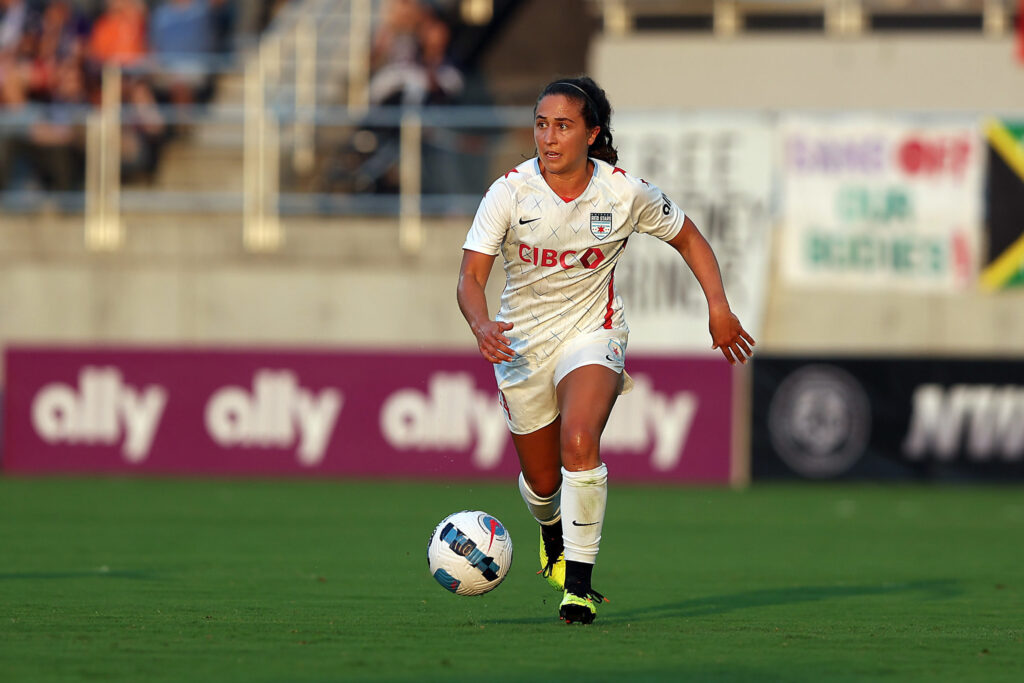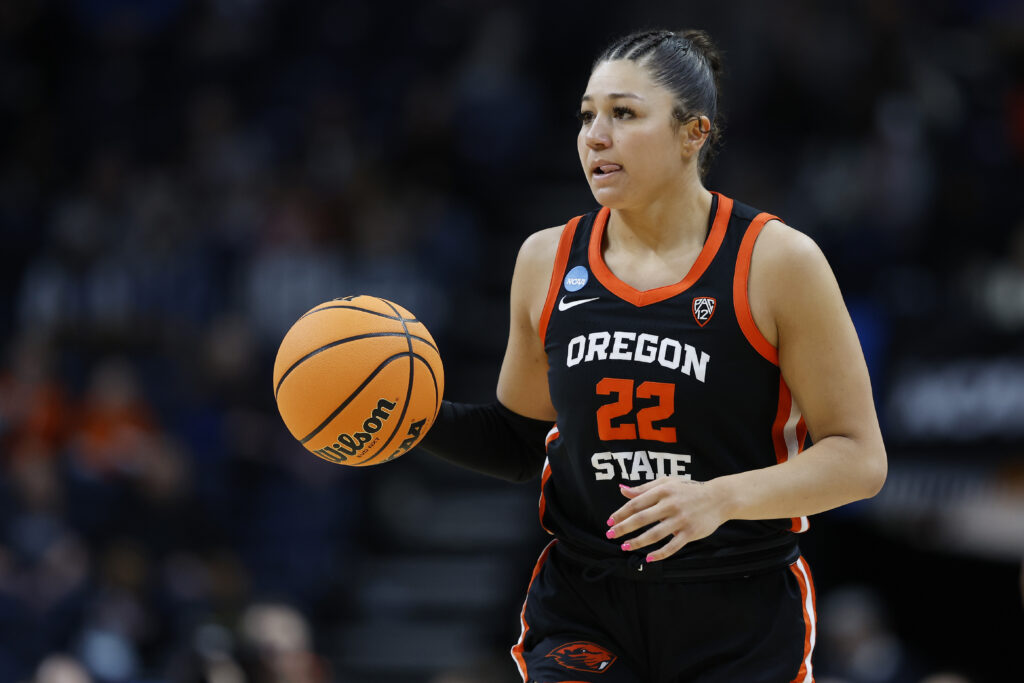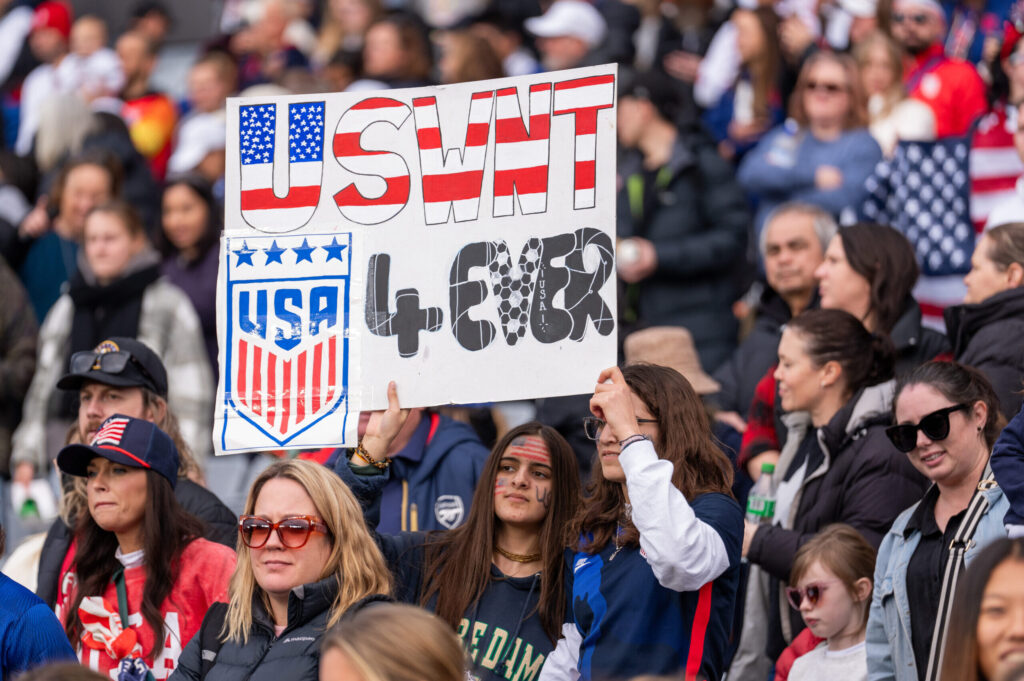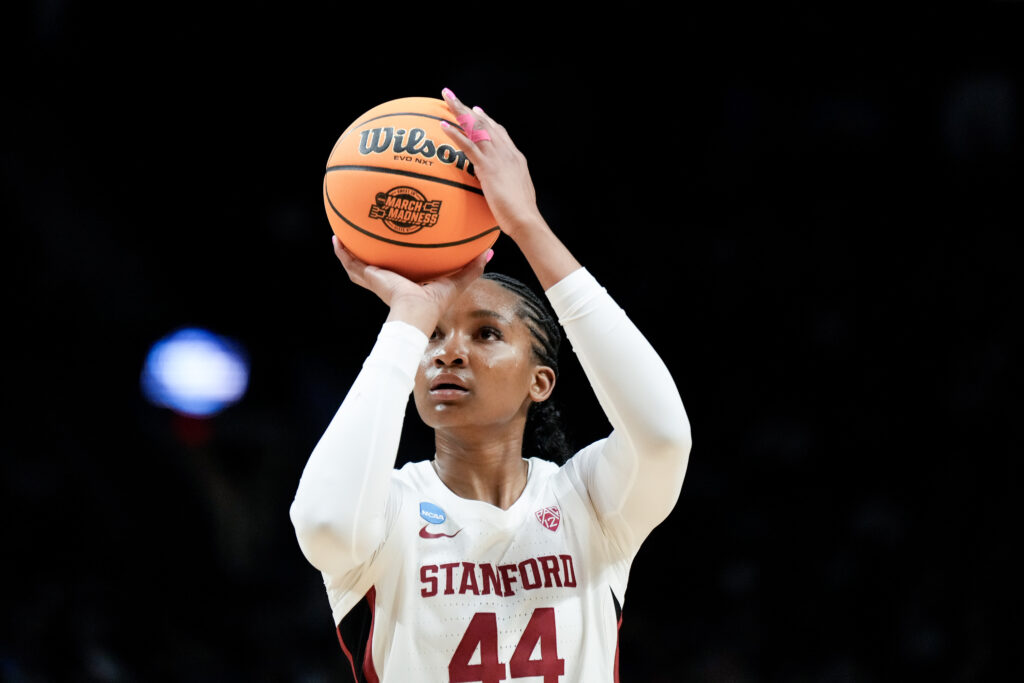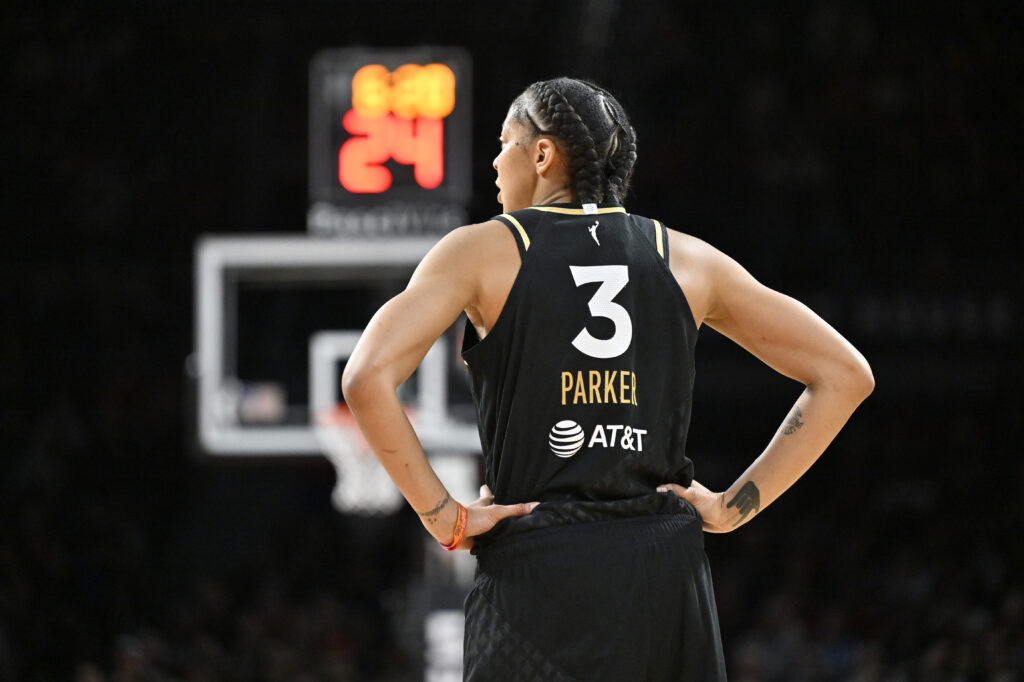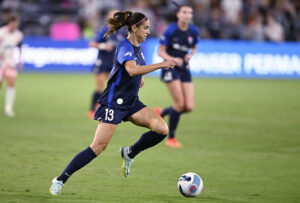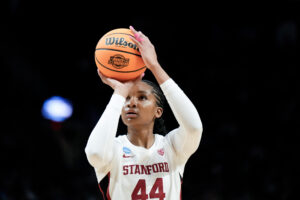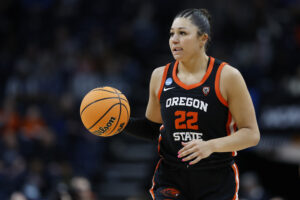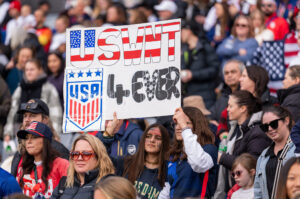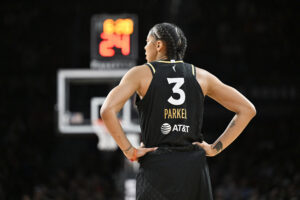When the Chicago Red Stars announced on Thursday that free agents Morgan Gautrat, Danny Colaprico and Rachel Hill had opted not to return to the club in 2023, the news came as a surprise to many.
Colaprico was one of the longest-tenured players on Chicago’s roster, having played for the Red Stars since being drafted in 2015. Only captain Vanessa DiBernardo has been with the team longer, and by just one year. Colaprico started for the team in two NWSL Finals, crossed the 100-cap mark and became a fan favorite as a defensive midfielder. Despite her small stature at 5-foot-3, she was known for always coming up big on aerial duels.
Gautrat, a two-time world champion with the U.S. women’s national team, transformed the Red Stars’ midfield when she joined the club full-time in the middle of 2018. The way the Red Stars dictated tempo and moved the ball was their calling card through 2019. In 2021, as the team made a second run to the NWSL Finals in as many regular seasons, Gautrat helped hold the midfield together with a very different style of play. Hill carried out important utility roles, playing winger and wingback in her three years with the team and scoring their lone goal in the 2021 NWSL Championship.
But with all the information that’s come out about the club in the last two years, it almost would have been more surprising if all three players had decided to stay. Former head coach Rory Dames was allowed to resign following the 2021 season after years of complaints about his coaching, including from USWNT star Christen Press, who played for the team from 2014-18.

Longtime owner Arnim Whisler was named in the recent Sally Q. Yates report on systemic abuse in the NWSL and accused of dismissing player complaints as “Rory being Rory.” In an interview with Defector Media this year, former Red Stars player Brooke Elby said that Whisler would “defend Rory to anybody. He knew everything Rory did. And if he didn’t know firsthand by seeing it, he knew because every player was in that office at some point telling him.”
Beyond Dames, Red Stars players under Whisler also endured what Elby described as sub-par conditions, including living in apartments that Whisler himself owned.
“For what you expect as a professional athlete, it was a joke,” Elby said. “To already come in knowing your team is the poorest team out there isn’t a great feeling. Because we already know everything we’re going to get is going to be like a downgraded version of what everybody else has.”
After Chicago advanced to the NWSL quarterfinals in 2022 under new head coach Chris Petrucelli, Red Stars minority ownership removed Whisler as head of the club’s board of directors in the wake of the Yates report. According to a Sportico report on Thursday, Whisler has “formally engaged a third-party advisor to facilitate the sale” of the Red Stars, but a sale could still take time. Rising club evaluations throughout the league — most notably the reported $60 million that Merritt Paulson is seeking for the Portland Thorns — could play a factor in slowing things down.
Sales don’t always mean a team stays in its home market, as seen by FC Kansas City’s relocation to Utah for the 2018 season and subsequent return in 2021. The bank reportedly leading Whisler’s sale is also currently leading the sales of two new NWSL expansion teams.
In the meantime, Chicago’s governance appears in limbo, and it’s costing them talent. As reported by Defector Media, some of the Red Stars players’ salaries have not remained consistent with veteran industry standards, and in a new free agency market, that’s going to cost a team that historically has struggled with player support. The Red Stars did re-sign defender Arin Wright and midfielder Yuki Nagasato to new contracts, but it appears that instead of retaining their core, they will have to commit to a bigger rebuild.
Also significant is the fact that Gautrat, Colaprico and Hill achieved free-agency status only after an independent arbitrator ruled that six-year veterans are not bound to team-first options signed before the ratification of the league’s CBA. Had the Players Association not pushed for that ruling, all three players would have had no recourse if Chicago had decided to extend their options for 2023.
The ripple effects of NWSL free agency won’t come only in the form of splashy new signings — though those are expected as Hill, Colaprico, and Gautrat begin to negotiate with new teams. Perhaps the most significant outcome is that players now have the chance to pursue better opportunities for themselves.
It was clear after this season that the Red Stars were going to have to keep up with rising standards. Thursday’s news will leave fans wondering if they have a plan.
Claire Watkins is a Staff Writer at Just Women’s Sports. Follow her on Twitter @ScoutRipley.
